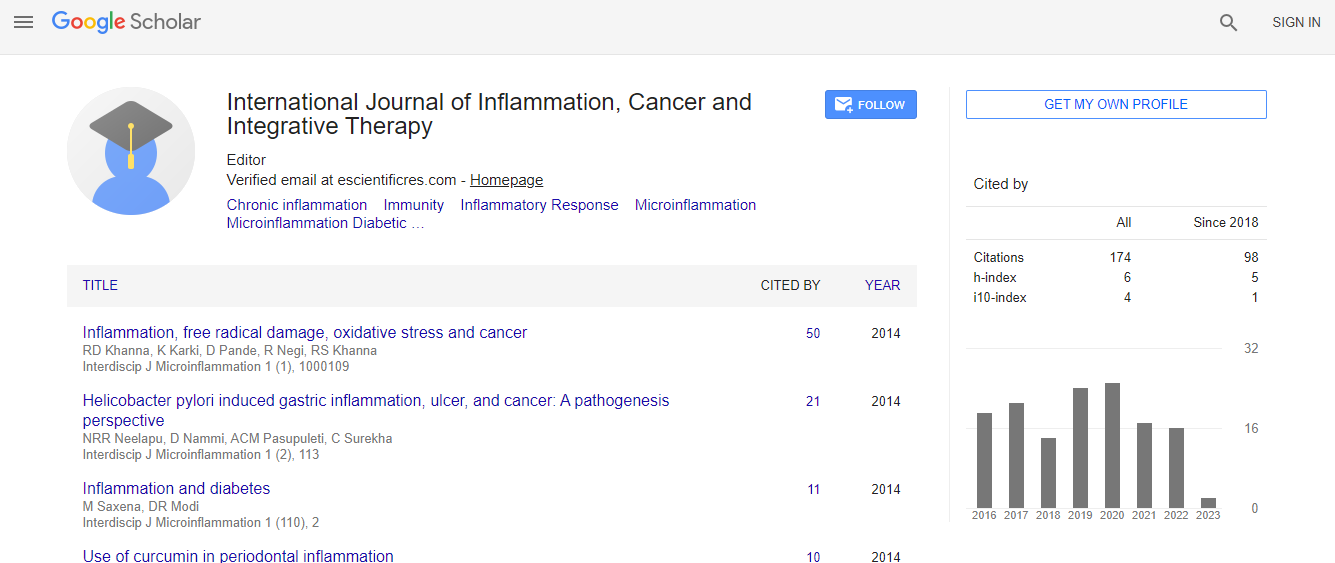The T-cell repertoire as a biomarker for response to anti PD-1 immunotherapy in a GBM mouse model
*Corresponding Author:
Copyright: © 2020 . This is an open-access article distributed under the terms of the Creative Commons Attribution License, which permits unrestricted use, distribution, and reproduction in any medium, provided the original author and source are credited.
Abstract
ABSTRACT: The prediction of patients' response to checkpoint immunotherapy is currently imprecise. Here, we show that a measurement of the T-cell repertoire, from peripheral blood of mice, is enough to predict which mice would or would not respond to anti-PD1 treatment. To show this, we used a syngeneic orthotopically implanted CL261 glioma-bearing mouse model. We followed the mice over the timeline of tumor implantation and checkpoint immunotherapy, with blood samples on days 0, 7, 21, 35, 49, and 63. Since the (syngeneic) implanted tumor is bioluminescent, we were able to monitor tumor size using bioluminescence imaging (up to 9 measures, 1 measure per week), up to day 63 posttumor inoculation. We then produced more

 Spanish
Spanish  Chinese
Chinese  Russian
Russian  German
German  French
French  Japanese
Japanese  Portuguese
Portuguese  Hindi
Hindi 
